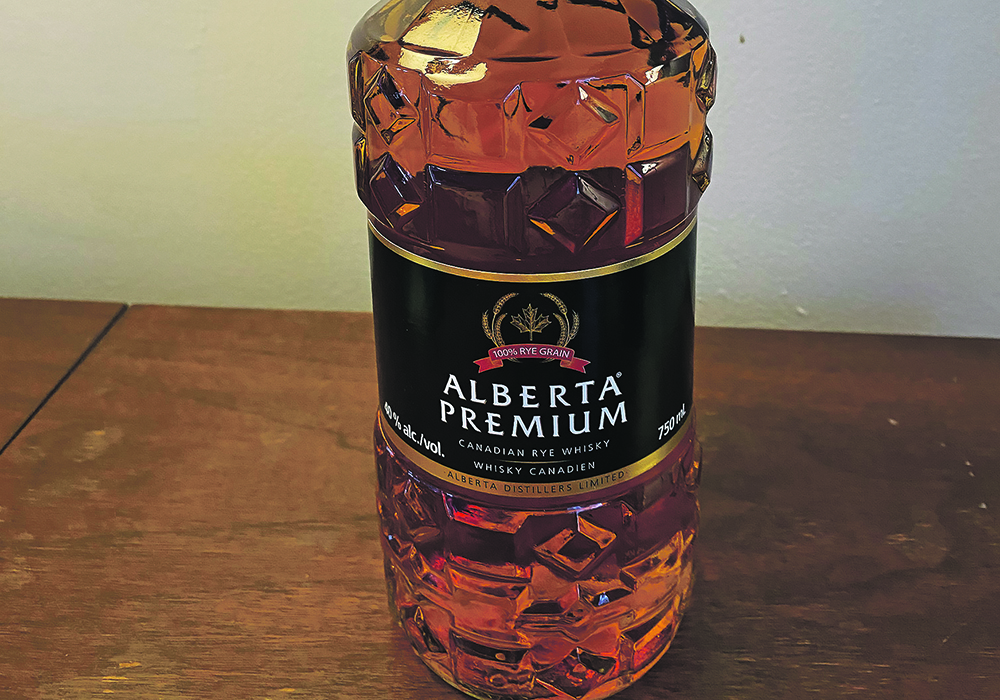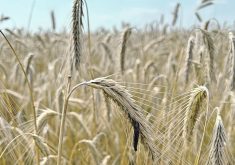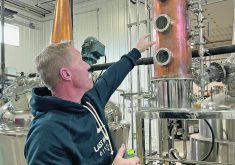Alta. company confident turning Rye into a premium product will help manage increased competition from new craft distillers and blenders
This is part of an ongoing series of stories exploring rye, the crop, as it becomes Rye, the whisky.
WINNIPEG — George Teichroeb noticed something about premium-priced Rye whisky when the pandemic shut down bars, restaurants and clubs: sales went up.
That was good news for the general manager of Alberta Distillers, because the Rye whisky champion was doubling down on his commitment to the grain and the type of whisky that bears its name.
Other stories in this series:
Read Also

New program aims to support plant-based exports to Asia
Understanding the preferences of consumers in Taiwan and how they differ from Indonesia or Malaysia isn’t easy for a small company in Saskatchewan.
- More producers start growing rye as crop prepares for a recovery
- Farmer finds new uses for old crop of rye
- Growing rye for seed is quirky but fun
- Rye’s agricultural journey set over thousands of years
- Hybrid varieties a game changer for rye sector
- Agriculture Canada plant breeder committed to rye
- Rye bread continues to nurture loyal following
- Few remember rye whisky’s Sask. connection
- Rye whisky not as clear cut as tipplers may think
- Art of whisky starts with science of chemistry
- Using rye to make whisky can be a challenge
- Prairie micro-maltsters ride rye whisky wave
“That was a telling thing for us,” said Teichroeb, whose company is a major distiller for both its own whiskies and for U.S. blenders who value its 100 percent rye whisky bases.
“There’s such a demand for rye,” he said.
Bon vivants cut off from bars, restaurants and other tippling establishments turned to their home bars and tended to climb the quality ladder from the stock liquors that most bartenders are equipped with. Paying a bit more for a premium rye to have at home seemed like a good deal after paying for lower quality liquor outside the home.
Alberta Distillers is a pioneer of 100 percent rye grain-based whisky. Most Rye whiskies only contain a portion of rye grain in the mashes they blend into a bottle. The grain’s “spice” characteristics are used to boost the flavour impact of corn and wheat spirits that make up the majority of the liquor.
As far as Teichroeb can tell from company documents from the 1940s onward, the decision to attempt to make Rye whisky from mostly rye and a bit of wheat, or all-rye, came from the attempt “to prove a point.”
The Canadian whisky heavyweights of the day were Ontario and Quebec-based, such as Seagrams and Hiram Walker, and their blends tended to rely on corn, with rye added for flavour. Corn wasn’t available locally in Western Canada in those days, so wheat spirits made an obvious base, with rye providing the flavour.
After years of experimentation, the company perfected ways of distilling 100 percent unmalted rye — a challenging feat. Rye grain’s biological nature can “mess up the system” at the bottom of the distilling process, where the used grains need to come out as distillers dried grains and solubles (DDGS).
“That has a tendency to ball up.”
Alberta Distillers is able to use custom enzymes in the fermentation process because it built its own enzyme laboratory on-site and employs a dedicated microbiologist. That is key to running pure rye distillations.
“We can actually run it in large quantities without a lot of trouble,” said Teichroeb.
The Calgary distillery purchases 11,000 to 14,000 tonnes of rye a year, so it’s a major customer of a minor crop. That has made it subject to the damage of the recent drought years on the western Prairies, although it has been able to source all the rye it needs locally. Some wheat has been brought in from Saskatchewan and Manitoba for its whisky blends and liquors that contain that grain.
The value of rye proved itself in July 2020 when it released the bizarre innovation of a vodka made from 70 percent rye and 30 percent winter wheat.
“We felt so confident with rye,” said Teichroeb.
It worked out, winning a number of Canadian and international awards.
What didn’t work out so well during the pandemic was its DDGS-drying system, which was custom-built machinery from 1982 that failed in late 2021.
Distilling produces a lot of wet mash that needs to be dried so that cattle and other livestock can eat it. The system backed up when the machinery at that end of the process failed.
The company had to reduce production for more than a year because of problems getting new machinery made and installed during the supply-chain nightmares, something that might hurt down the road.
“If sales climb above all our forecasts, we could see ourselves with a gap five years from now,” said Teichroeb.
That lag is due to the reality of whisky-making, which requires years of storage in order for the term “whisky” to be legally applied to the liquor.
Rye whisky has been gaining popularity, so the company hopes to have enough of its premium rye whisky base for Reifel Rye and Alberta Premium in the cask now to meet future demand.
The company muddled through with the help of its feedlot customers, who found ways to ship, formulate and use the wet mash.
“It’s been fantastic what the community has been able to do helping us get through this,” said Teichroeb.
Seeing Rye whisky becoming a uisgephile’s favourite has been gratifying for Teichroeb and Alberta Distillers, which never shied away from the whisky type even when it wasn’t viewed as a connoisseur’s delight.
Dozens of craft Rye distillers and blenders have entered the business in the past decade, with much production sitting in barrels in warehouses, prompting some to worry about the market becoming flooded.
However, Teichroeb thinks turning Rye into a premium product rather than just a generic form of Canadian whisky is likely to keep its demand high enough to swallow expanded production on both sides of the border.
“That’s where we’ve focused our premium production,” said Teichroeb.
“We’re banking that there’s going to be a premium category that’s going to grow.”


















